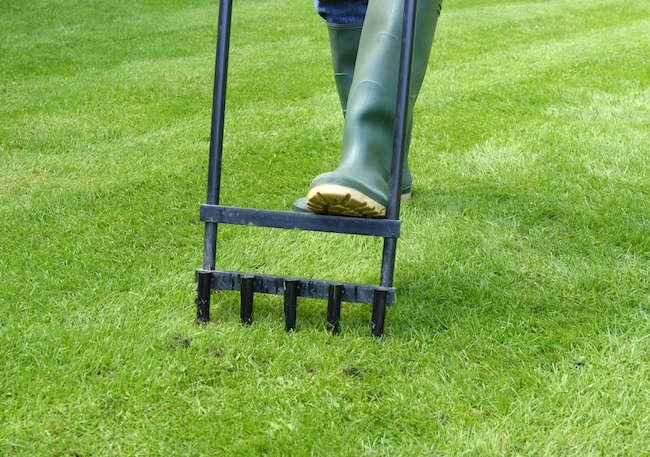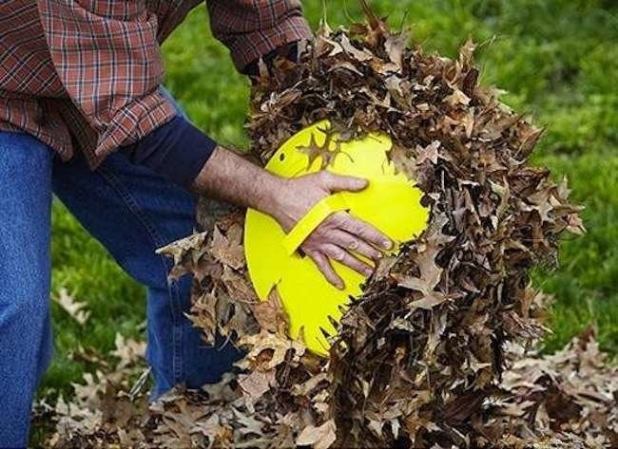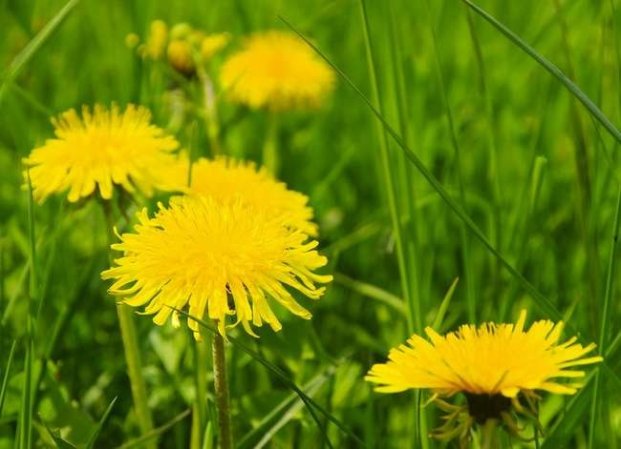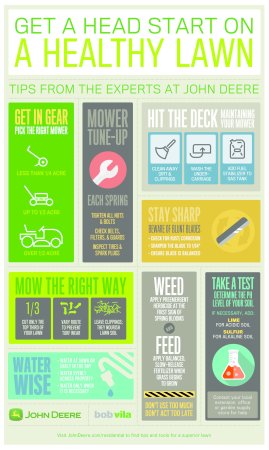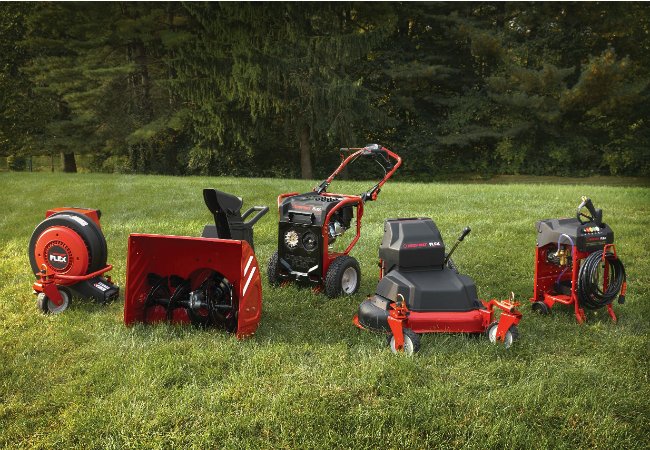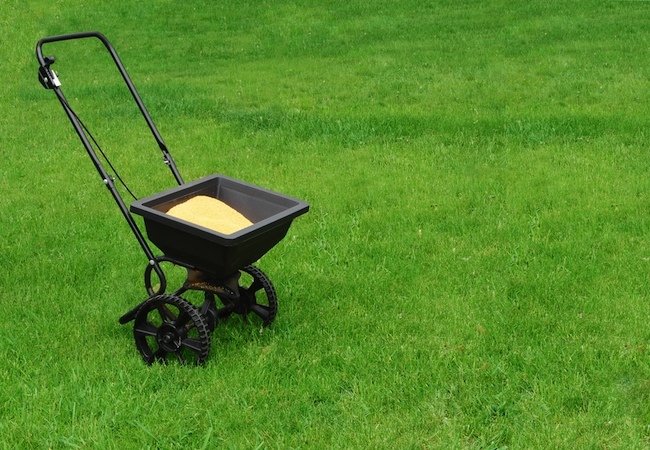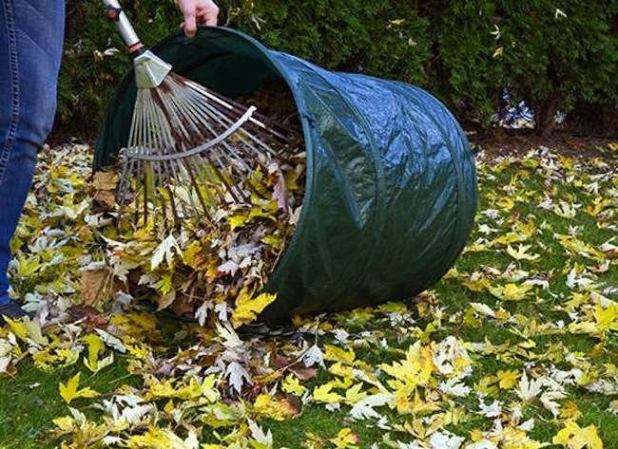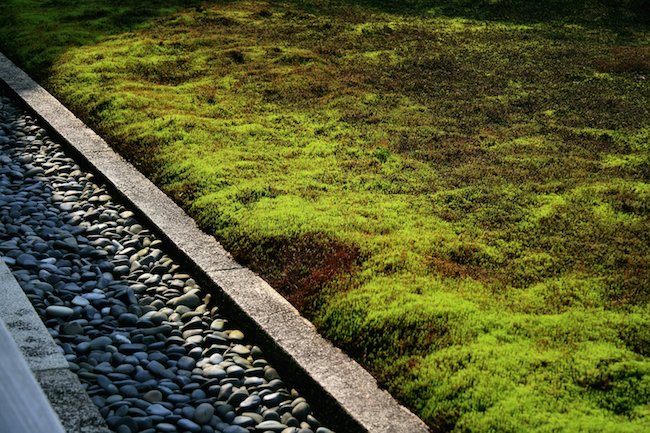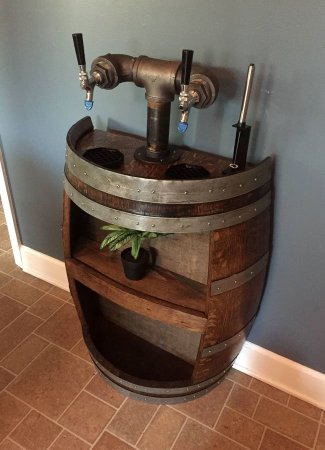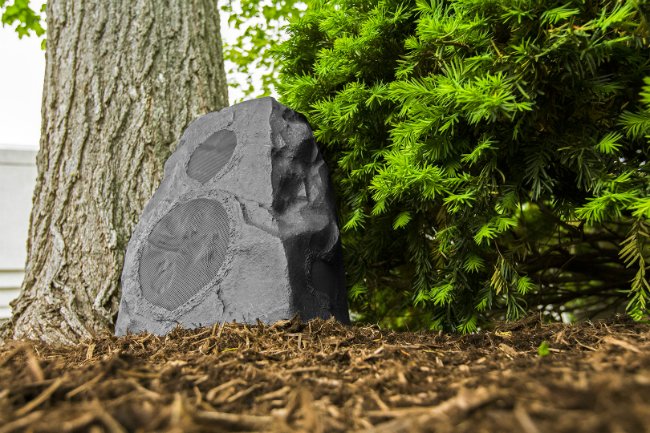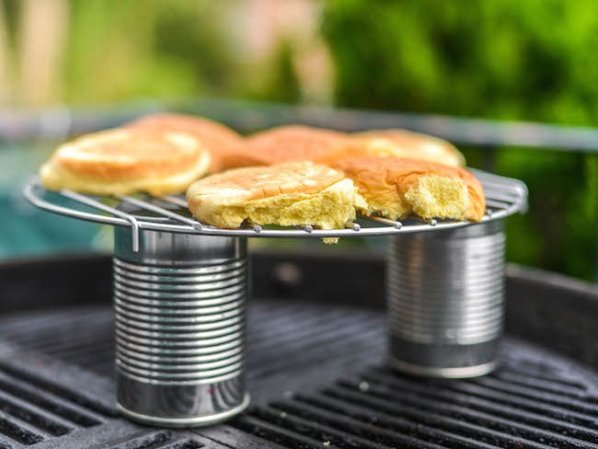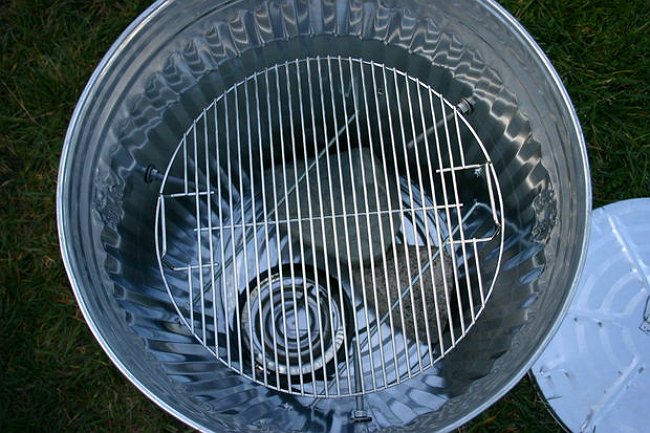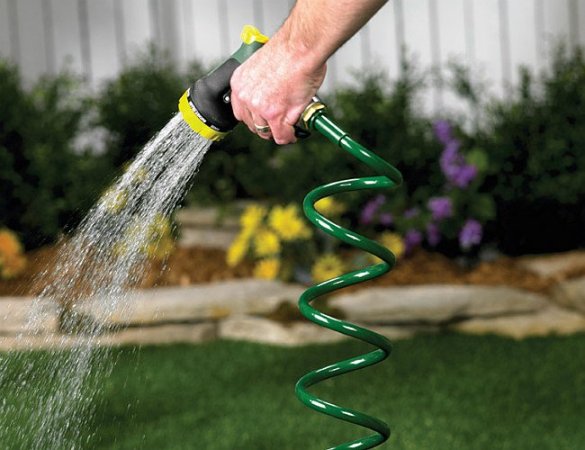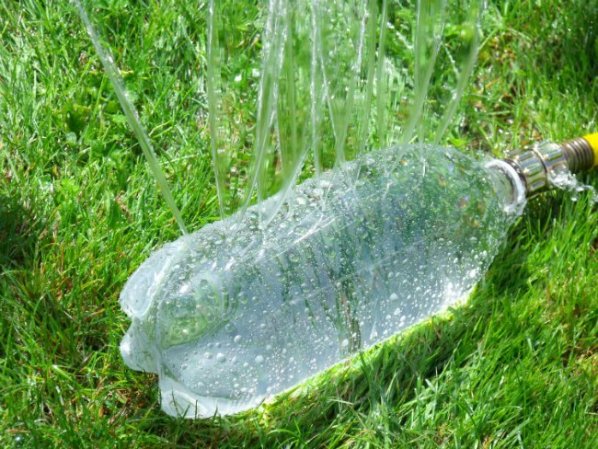We may earn revenue from the products available on this page and participate in affiliate programs. Learn More ›
“I’m Thirsty!”
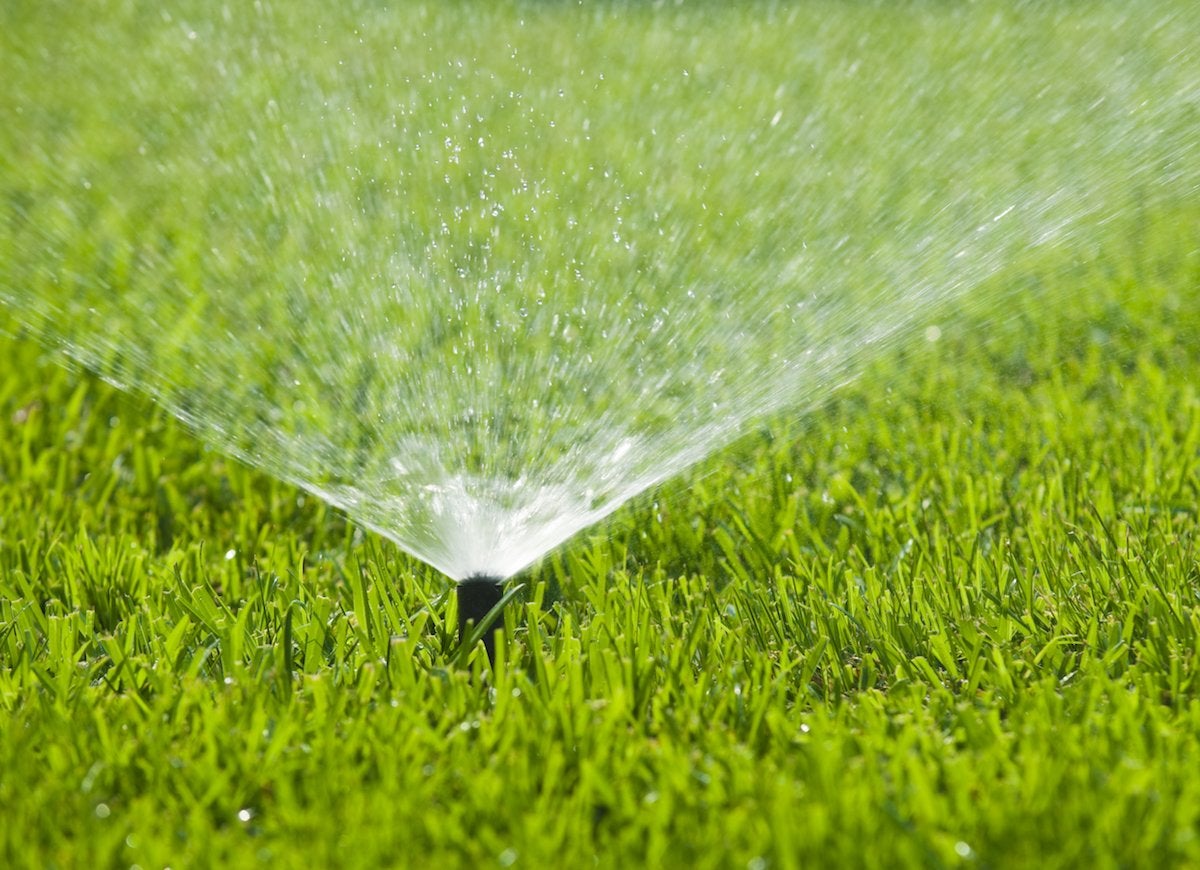
If you can see your footprints in the lawn after you’ve walked through the grass, that’s a sign your grass is starting to wilt. Translation: It needs water. This is most likely to happen in the dog days of summer, when the heat takes a serious toll on turf grass. So drag out those sprinklers, and give your lawn a drink!
Related: 7 Ways to Save Water in the Yard
“Help! I’m Drowning!”
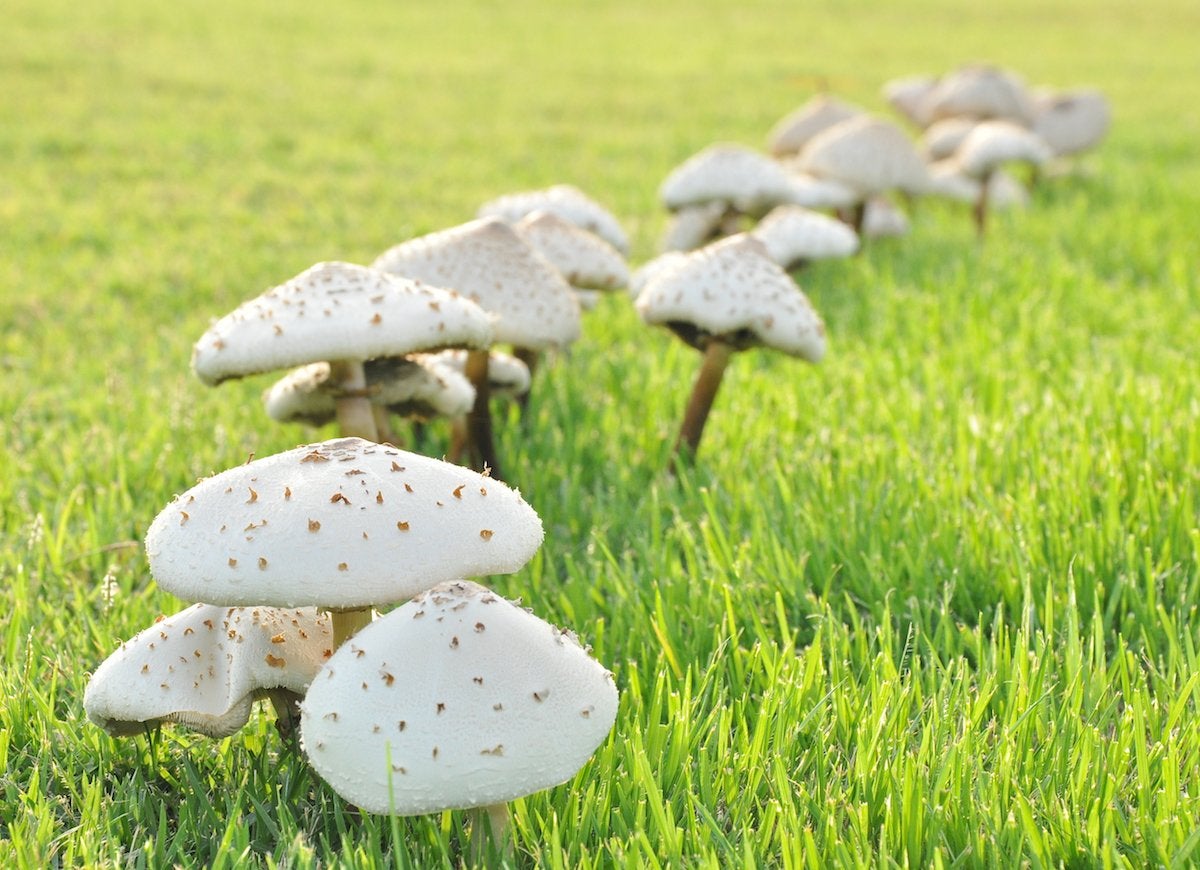
Lawn mushrooms are a sign that your yard is too wet. If these fungi appear after a heavy rain, they will usually go away on their own. However, you see them regularly, you’ll need to find a way to dry out your lawn. The first step is to cut back your watering routine. If that doesn’t help, try improving drainage with the use of a lawn aerator. Toadstools still haunting your lawn? Consider trimming overhead tree branches to let in sunlight and banish mushrooms.
Related: 7 Lawn Care Myths Debunked
“Your Mower Blades Are Dull!”
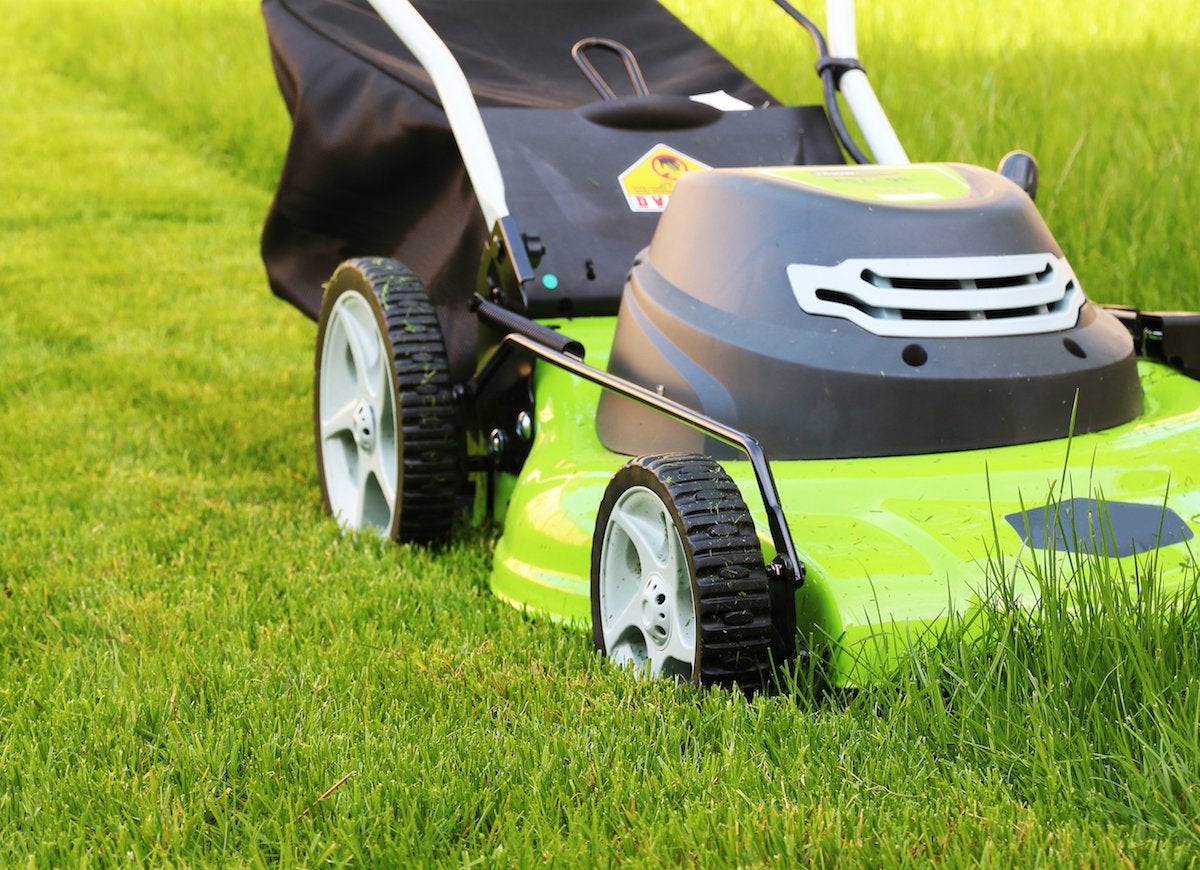
If your grass is turning an unhealthy shade of brown, your mower blades may be at fault. Dull blades can rip and shred grass blades, quickly turning a lush lawn into a scraggly yard. Examine your grass blades. They should be cleanly cut across the top. If they look frayed or torn, have your blades sharpened.
Related: 9 Mowing Mistakes Everyone Makes
“Ouch! Too Much Fertilizer!”
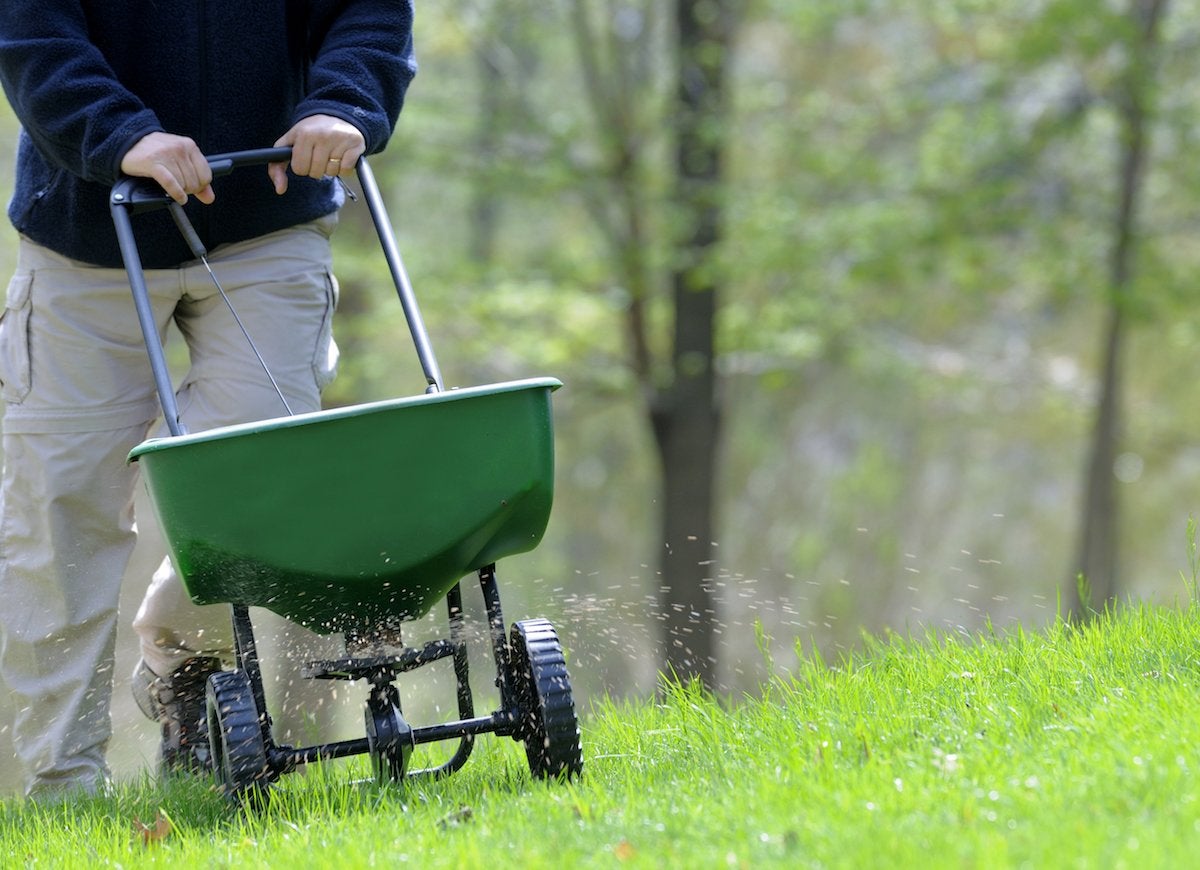
You really can have too much of a good thing. Take fertilizer, for instance. Apply too much to your lawn, or apply it unevenly, and it can result in fertilizer burn. When that happens, the grass will turn yellow—or if it’s particularly severe—crispy brown. The good news is that a lawn that’s been mildly burned with chemical fertilizer can recover. If you suspect that your lawn has been damaged, flush the mineral salts out of the grass with water. Run the sprinklers until water saturates the yard, then continue to water for the next several days to dilute the fertilizer.
“I’ve Got Grubs”
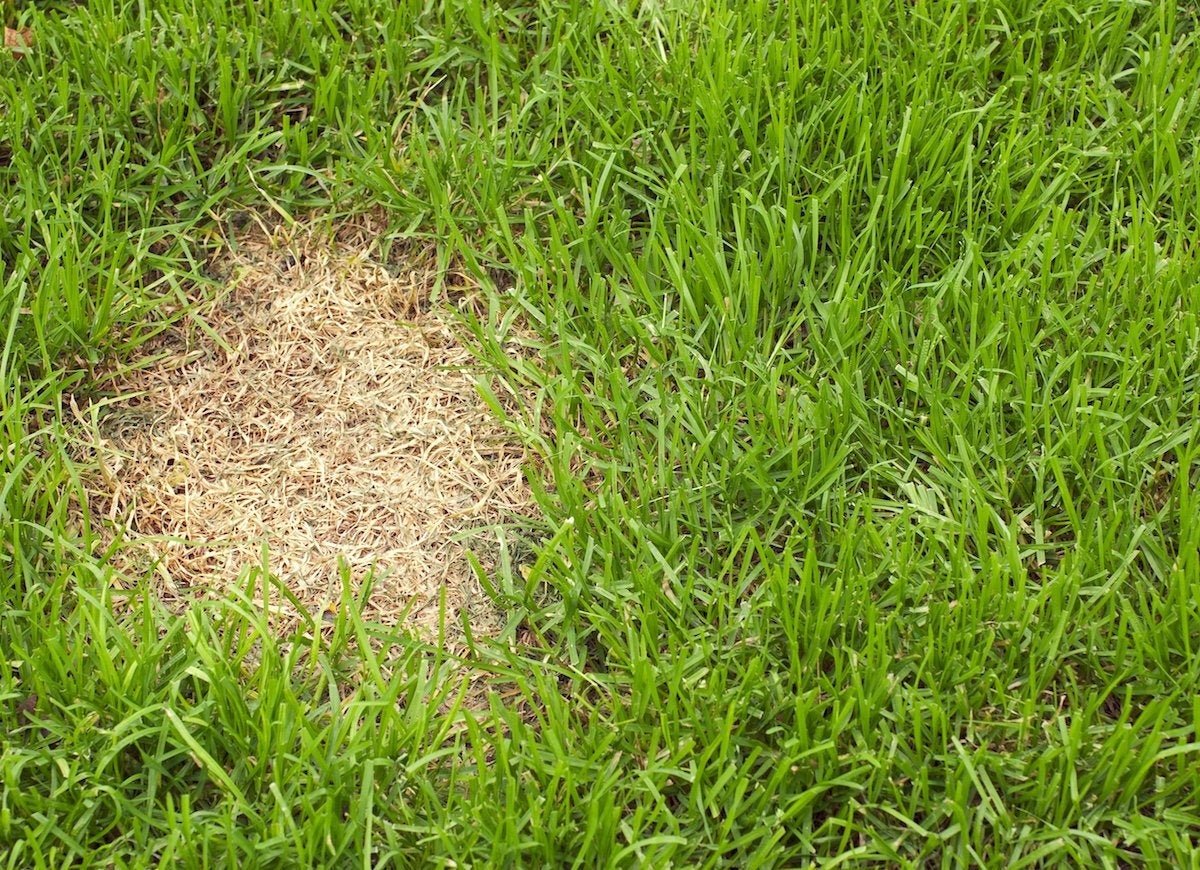
If you see irregular brown patches in your lawn, you may have a grub problem. Grubs are insects in the larvae stage, and they dine on the roots of turf grass, causing it to wilt and die. To diagnose a grub infestation, dig up a patch of grass in a suspect area. If you see a white, beetle-like creature rolled up in a C-shape, you’ve got grubs. There are a few proven ways to eliminate these creepy crawlies, such as spreading nematodes or milky spore on a troubled lawn.
“Feed Me!”
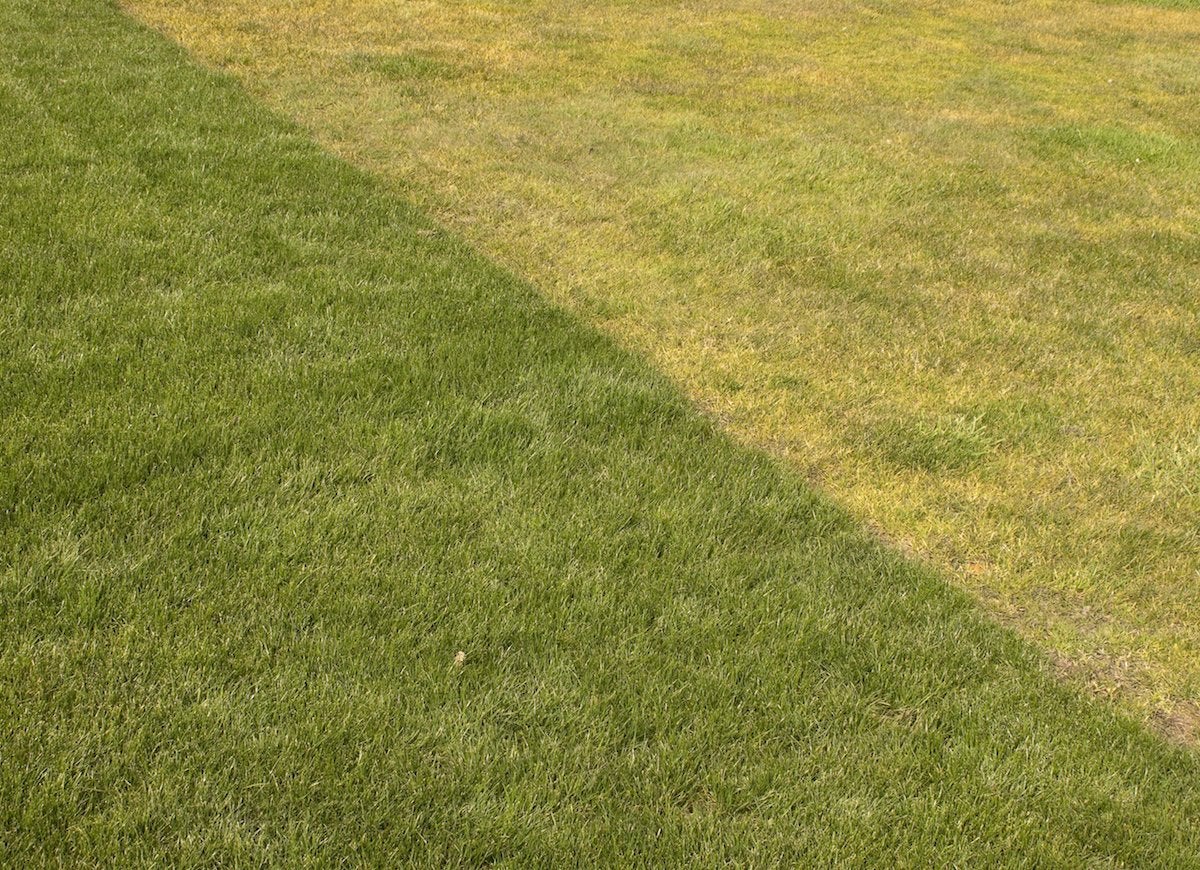
A lawn that has turned from dark green to a pale yellow is likely experiencing chlorosis, or a lack of nitrogen. In other words, your lawn is hungry, and it needs food. It may be time to apply some fertilizer. Before spreading store-bought fertilizer, read the instructions thoroughly to avoid accidental overfeeding.
“I’m Choking!”
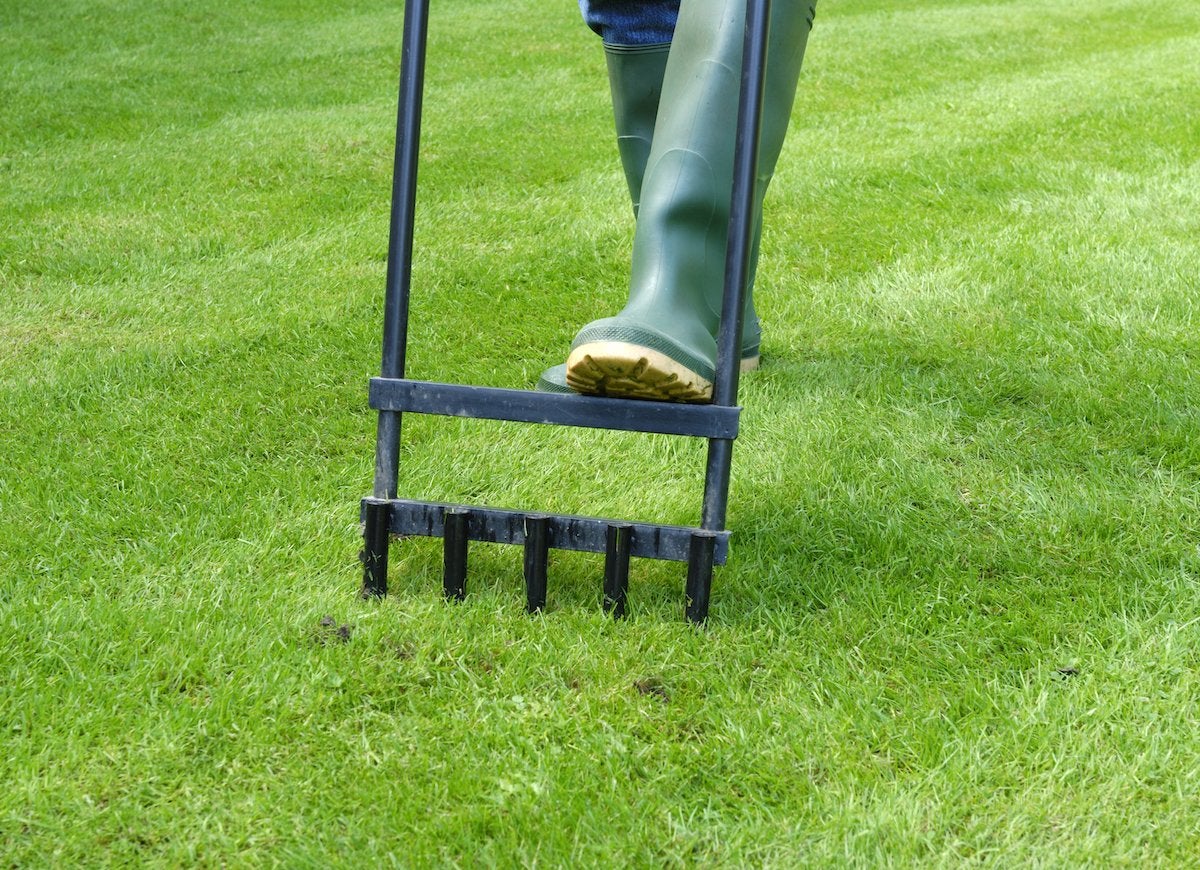
Thinning grass and weed-infested lawns can indicate soil compaction. Compacted soil prevents air and nutrients from getting to the roots of the turf grass, which causes it to die back. To evaluate your soil’s compaction problem, push a screwdriver or pencil into the turf. This will be very difficult to do if you have compacted soil. If you notice a problem, know that it’s time to aerate your lawn. You can do the job with a lawn aerator, available for rent or purchase at most home centers.
Related: 7 Remedies to Rescue a Dying Lawn
Pay Attention

Mother Nature often gives signs when the grass or garden needs something. Different changes have specific meanings for what could be wrong. With a little research, you can pinpoint the issue and see your plants flourish again.
